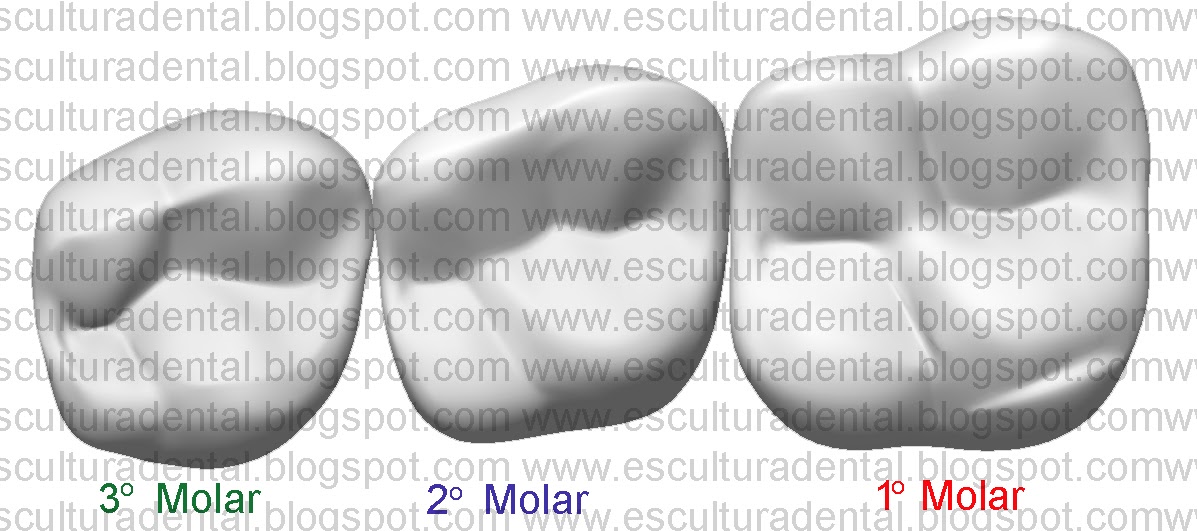
A relação de tamanho entre os molares Anatomia escultura dental
6: 1º Molar. 7: 2º Molar. 8: 3º Molar. Sabendo que, em uma arcada dentária completa com todos os dentes, todas as pessoas possuem exatamente estes dentes acima na mesma sequência (salvo exceções), fica fácil saber o número de um dente. Por exemplo, você quer saber o número do dente primeiro pré molar inferior esquerdo.

Maxillary Third Molar Tooth Morphology Made Easy! YouTube
Dente do siso (dente serotino ou terceiro molar) Os dentes sisos (terceiros molares) são os últimos dentes a se formarem em nossas bocas. Temos 4 dentes sisos, 2 superiores e 2 inferiores que nascem de forma aleatória, e ficam localizados atrás de todos os outros dentes, no término das arcadas dentárias em ambos os lados.

Extração de Siso (Terceiro Molar) Lígia Munhoz Odontologia
All third molars are classified as developing, erupting, embedded, or impacted. Third molars can develop until age 25, with 50% of root formation completed by age 16 and 95% of all teeth fully erupted by age 25. 4 However, tooth movement can continue beyond age 25. 4 Figure 2 provides a radiographic example of impacted wisdom teeth.

Dente molar modelo anatómico expondo.pt
Definition The roots of the third molar (dens serotinus or wisdom-tooth) are more or less fused together. This definition incorporates text from a public domain edition of Gray's Anatomy (20th U.S. edition of Gray's Anatomy of the Human Body, published in 1918 - from http://www.bartleby.com/107/). Gallery

Exodontia de terceiro molar inferior retido e horizontal YouTube
Dens invaginatus, or dens in dente (which translates to "tooth within a tooth"), is a dental anomaly. This condition occurs when the tooth's enamel (the outer, visible layer of the tooth) folds into the dentin (the hard tissue beneath the enamel) during tooth development. This creates what looks like a small tooth within an existing tooth.

Numeração dos dentes Que número corresponde a cada peça dentária?
Molares Nesse artigo vamos discutir a anatomia dos dentes, incluindo suas partes e sua estrutura, seus diferentes tipos, a nomenclatura e numeração dentária e o suprimento nervoso e sanguíneo dos dentes. Conteúdo Nomes e numeração dos dentes Sistema de notação FDI Sistema de numeração universal Sistema de notação de Palmer
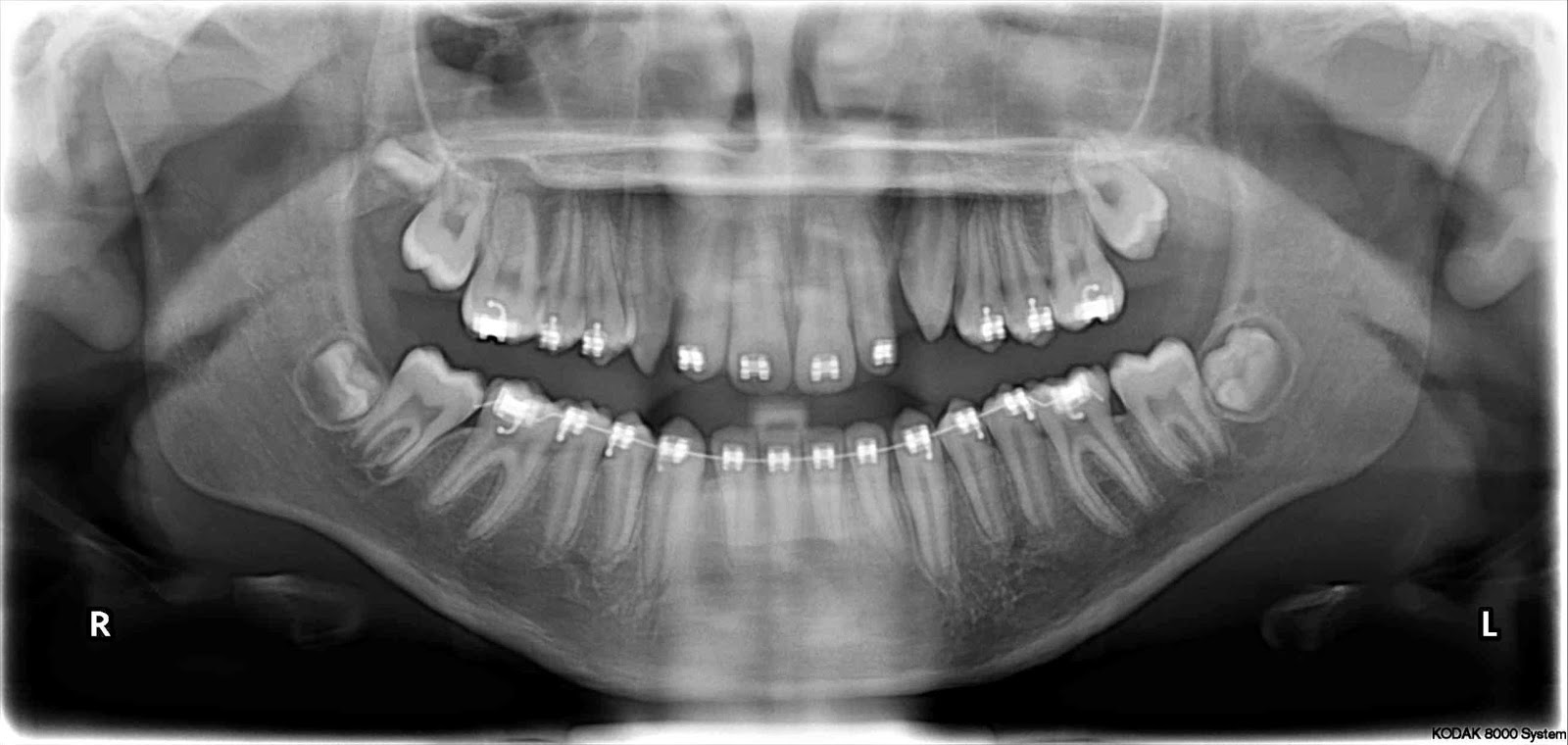
Referência em Extração de terceiro molar ou dente do siso
Number 5: 1st Bicuspid or 1st premolar. Number 6: Cuspid or canine. Number 7: Lateral incisor (upper right) Number 8: Central incisor (upper right) Number 9: Central incisor (upper left) Number 10.

Molar Anatomy shared by Dr. Gregory Bowen San Antonio dentist www
Mandibular third molars are the most frequently extracted teeth, accounting for 18% of dental extractions.[1][2] Third molars typically develop around the age of 8 to 15[3] and erupt between the ages of 17 to 22.[4] As a result of this delayed eruption, mandibular third molars are often impacted, with 17 to 69% presenting with some degree of impaction.[5] Extraction of third molars is further.

Dental bridge of 3 teeth over molar and premolar. Medically accurate 3D
Molars are the tough workhorses of human teeth. Molars, which include your set of wisdom teeth, are rounded, flat teeth in the back of the mouth. Also called molar teeth, molars can vary in size and shape but are the largest teeth in the mouth. While your smaller, sharper front teeth are used for biting and tearing food, the molars' role is to.

📍Exodontia de terceiro molar em contato íntimo ao nervo alveolar
Hovland calculated the incidence of dens in dente to be 0.04% to 10.00%, with very few cases reported in the third molar. Cases of bilateral occurrence have been reported. Oehlers classified dens in dente into three types, depending upon depth of invagination: Type I: The invagination ends in a blind sac, limited to the dental crown.

Os 3 Molares.
The molars (Latin: dentes molares) are the most distal or simply the last teeth in every jaw. They are located at the back of the oral cavity. Adults have a set of twelve molar teeth. Each jaw contains six molars, and, therefore, every quadrant has three molars. The crown of the molars is cuboid-shaped.
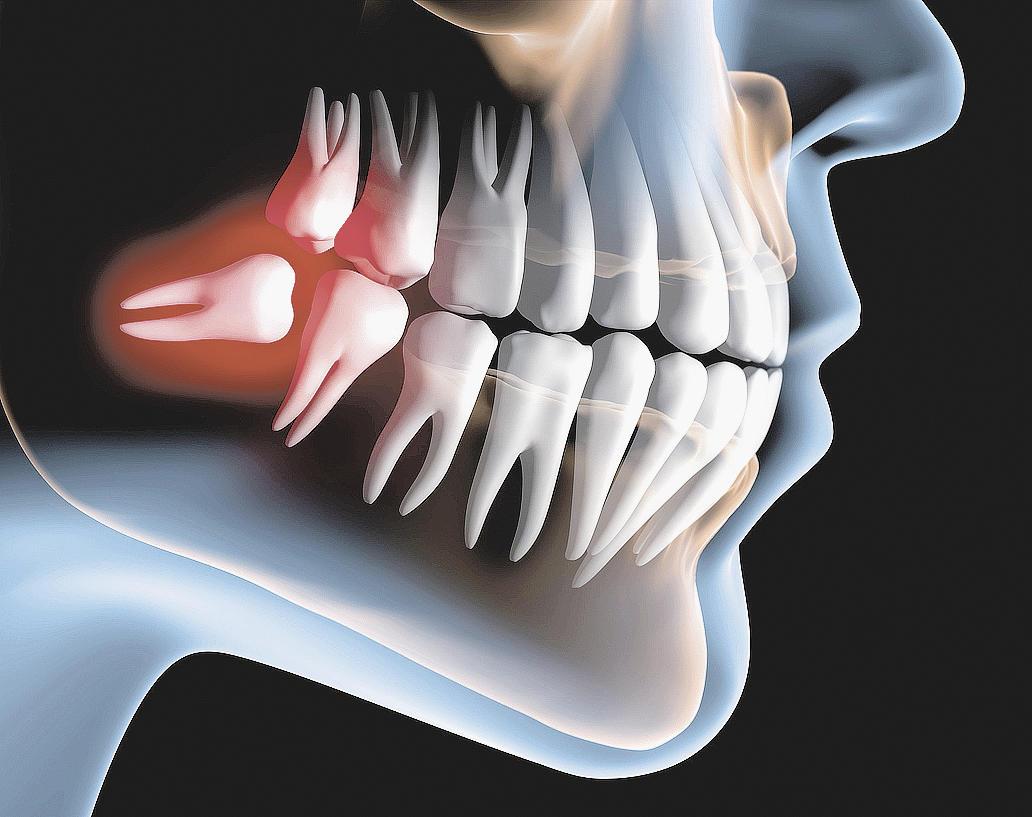
Cirurgia Oral Menor
The most distal of the molars, the third molars, are also known as the " wisdom teeth ". These teeth are the last to erupt and are commonly removed due to complications with their emergence.
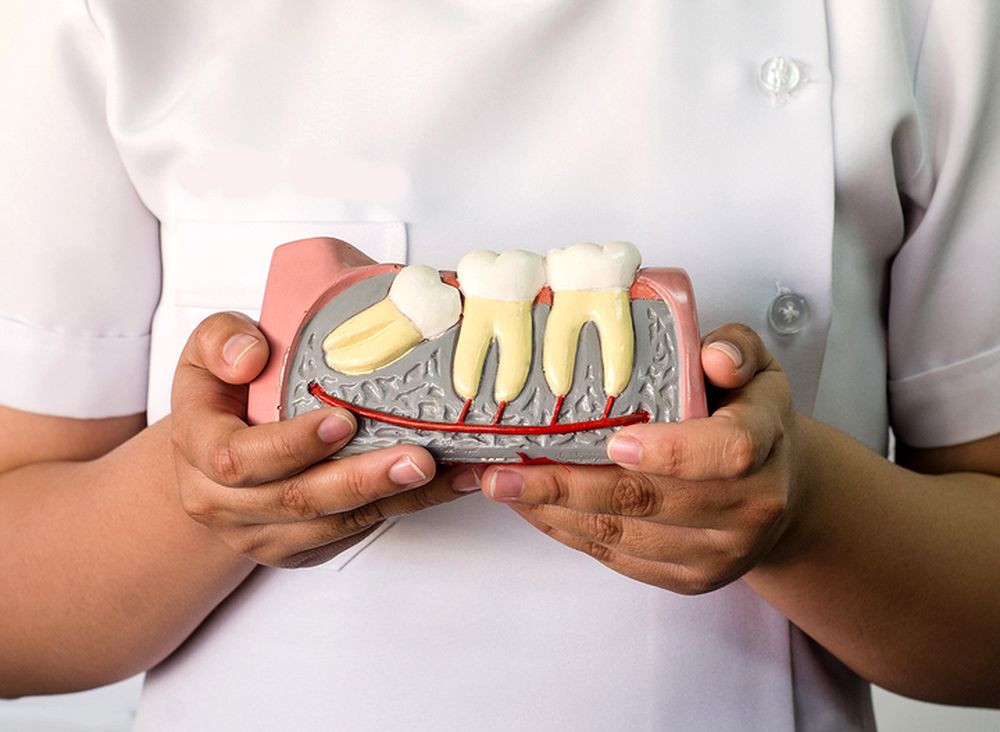
ORAL SURGERY Therapeutic approach for third molars Extraction or
A prospective study 2 showed that general dentists recommend extraction of third molars in 59% of patients, mainly to prevent future problems or because a third molar had an unfavorable orientation or was unlikely to erupt. However, the power to predict third molar eruption is low, and impacted third molars that remain static, with no changes.
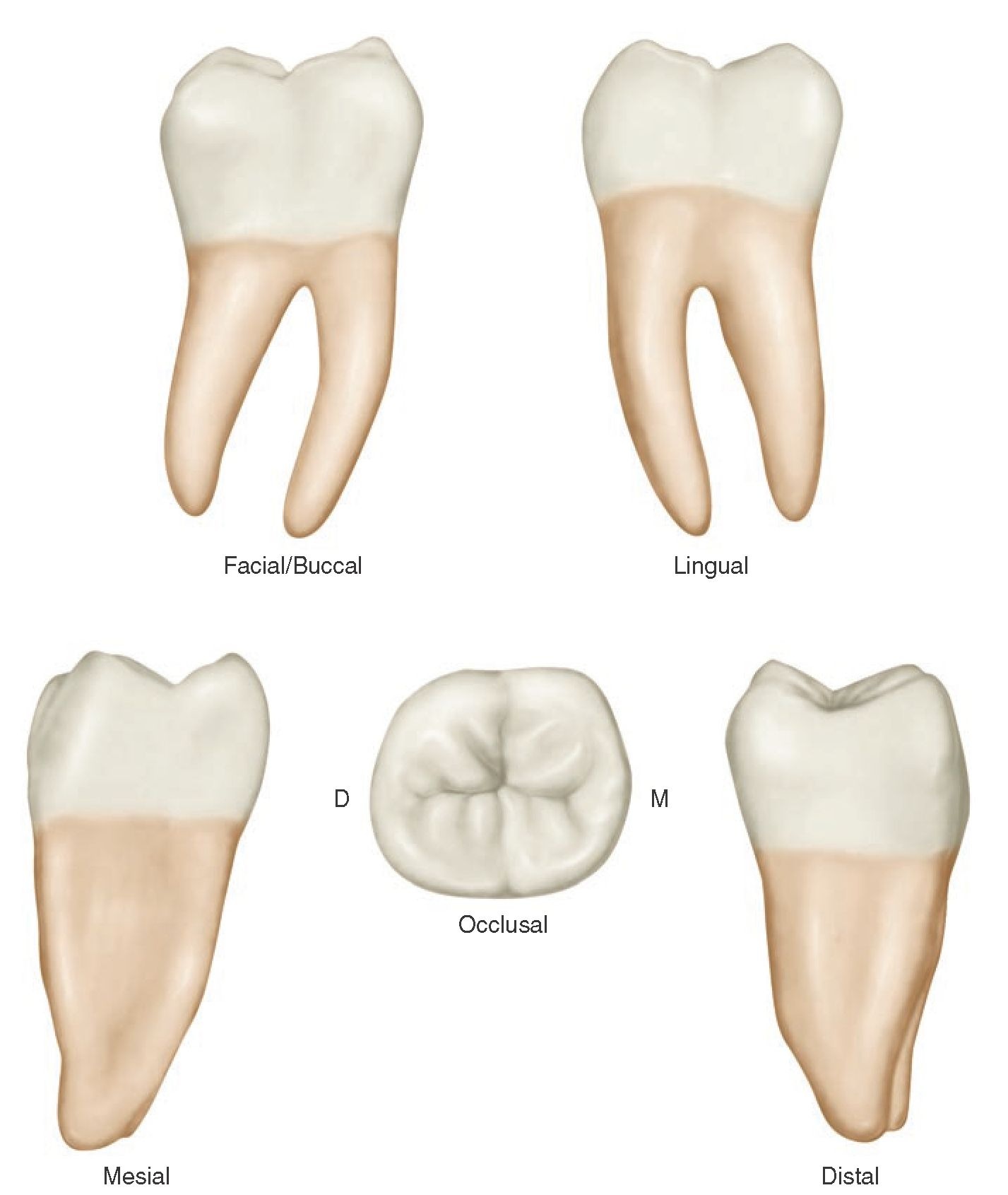
Anatomy Of A Molar Tooth Anatomical Charts & Posters
Figure 1. Teeth numbers and names diagram. The human teeth is composed of 16 upper teeth and 16 lower teeth. They are also divided into four quadrants. Have you ever struggled reading your dental treatment plan from your local dentist? Sometimes, it feels like deciphering a difficult table from a college statistics book.
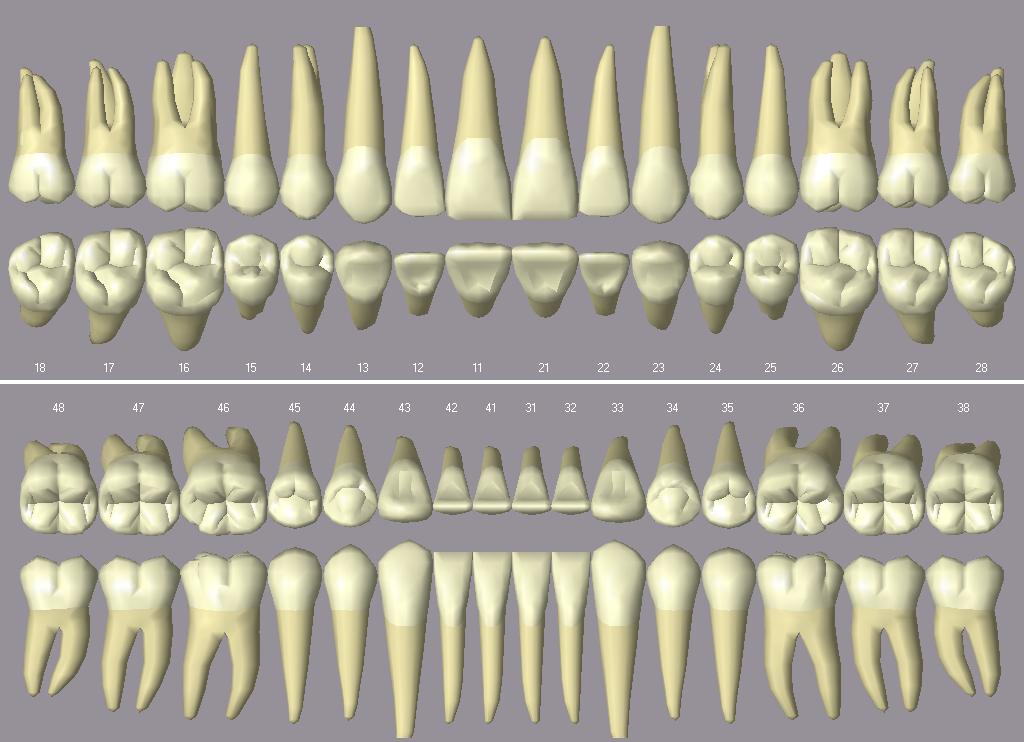
¿Qué son los dientes? Conoce su estructura, función y cuidados
Abstract. ′Dens in dente,′ also known as dens invaginatus, is a developmental anomaly resulting from deepening or invagination of the enamel organ into the dental papilla, which begins at the.
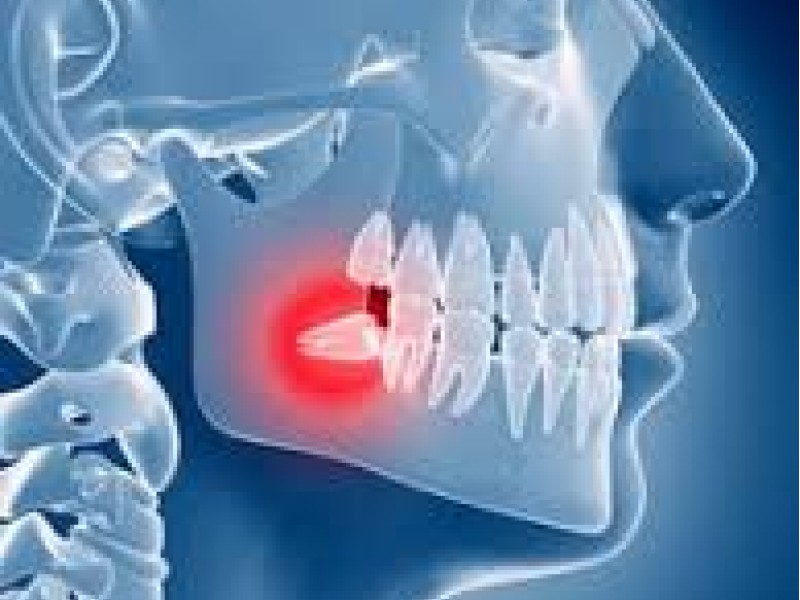
Extração do dente do Siso Saizaki Odontologia
Definition The Molar Teeth ( dentes molares) are the largest of the permanent set, and their broad crowns are adapted for grinding and pounding the food. They are twelve in number; six in each arch, three being placed posterior to each of the second premolars.